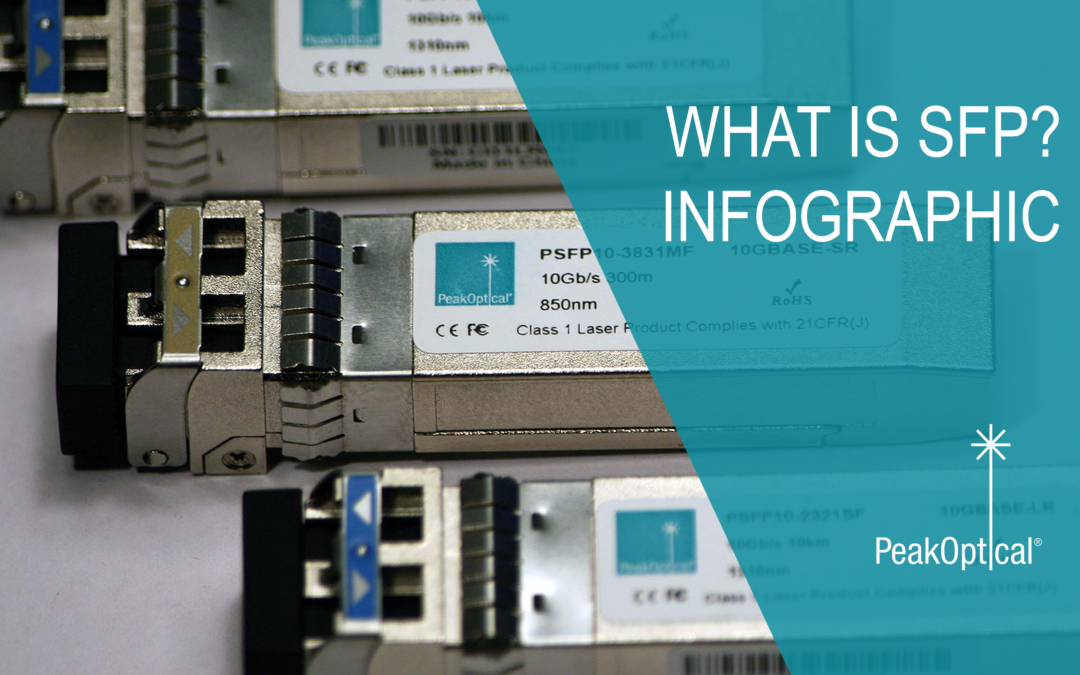SFP is a new generation of fiber optic module transceivers, known for its compact size, flexibility and high level of performance. It is specified by MSA (Multisource Agreement) and it is available with a variety of transmitter and receiver types, allowing users to select the appropriate transceiver for each link to provide the required optical reach over the available optical fiber type (e.g. multi-mode fiber or single-mode fiber).
SFP is used mostly in the field of Data Communication and Networking. SFP transceivers mainly act as an interface between a networking switch (or repeater, or router, multiplexer etc.) and its interconnecting cable (made of copper or optical fiber cable). There are various types of SFP transceivers and each of them comes with distinct configurations of transmitter and receiver. When choosing the proper transceiver, it is important to take into consideration what type of fiber optic cable is going to be used. The optical SFP transceivers provide the necessary reach to a fiber optic cable and come in several versions, categorized in function of the values of working wavelength and working distance.
© PeakOptical‘s portfolio includes various types of SFP transceivers and not only and it can be checked here.
Do you want to know more about SFP?
The following Infographic will help you understand better what SFP is, how does it work, and what are its benefits.
Don’t forget to check PeakOptical’s Optical Transceivers. Our portfolio includes SFP transceivers available with a variety of transmitter and receiver types.
Contact our team today, if you need any support or if you want to discuss the details of a collaboration.


